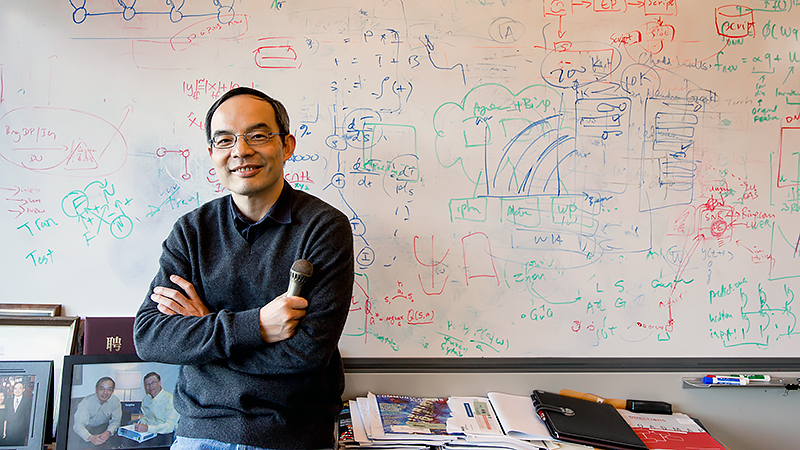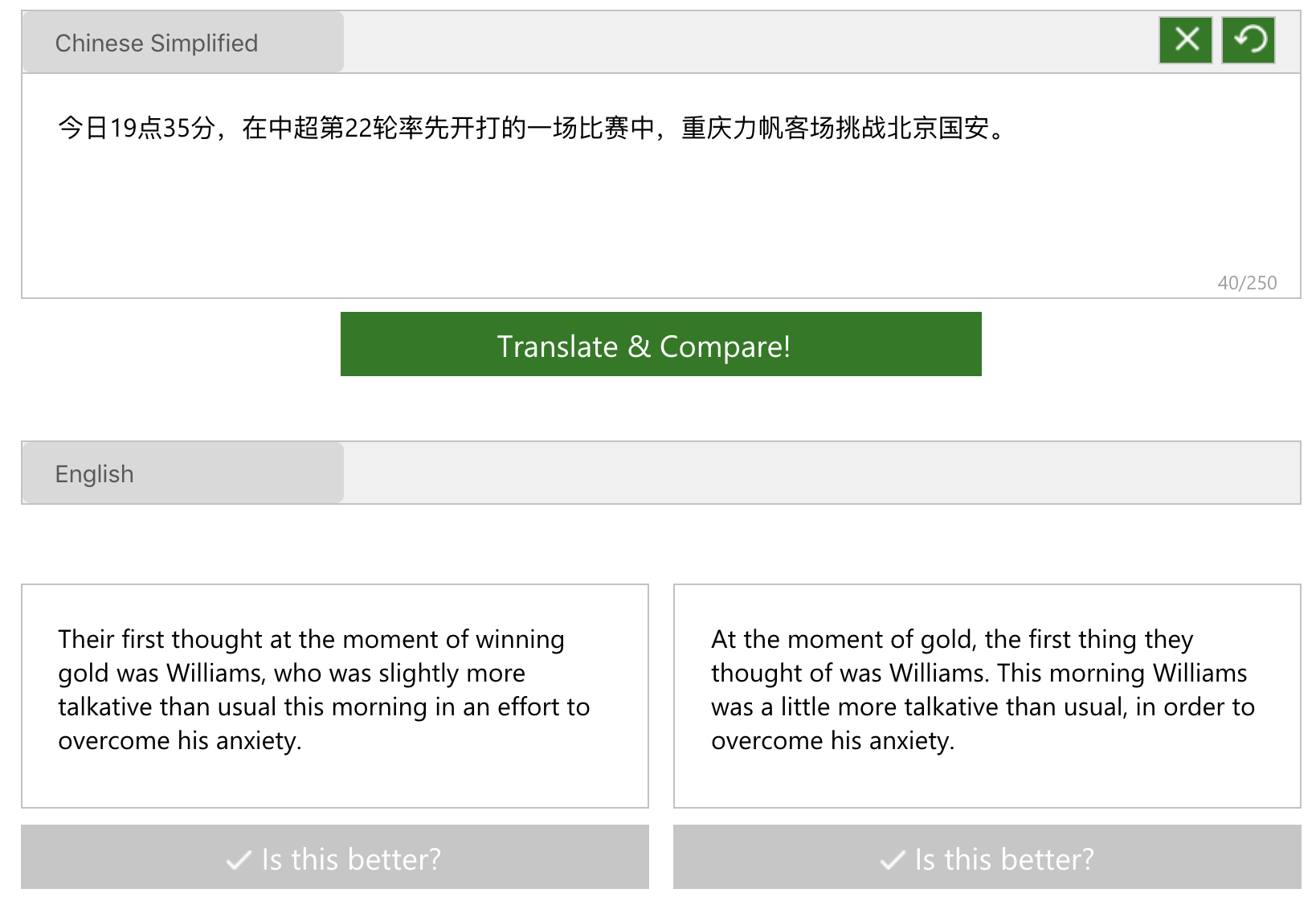Microsoft’s new AI translates Chinese-to-English as well as a human translator
It's all in how you teach the AI

Microsoft is taking on Google in one of its most famous areas of expertise – deep learning neural networks – to create translation tech that could make foreign news and information more accessible to people across the globe.
In an announcement today, Microsoft revealed that its researchers in Asia and the US have created an AI translator that has “achieved human parity”, meaning that its translations are on par with what a professional human translator could accomplish.
Microsoft’s language research teams tested their AI on an open-source test set of Chinese news stories from last year that many other tech companies use to benchmark their progress. You can see a simplified version of their translation software here.

Ming Zhou, assistant managing director of Microsoft Research Asia, said that now that their AI has tackled a fixed set of news sources, they intend to set it to work on real-time stories, to see how it handles a wider set of content.
Once that is achieved, they’ll be able to incorporate this AI into Microsoft Translator. Microsoft’s platform is competing with Google Translate to provide the smartest translation tech to users. The biggest problem for both is that unlike with other AI tasks, it’s more art than science.
“Machine translation is much more complex than a pure pattern recognition task,” Zhou said. “People can use different words to express the exact same thing, but you cannot necessarily say which one is better.”
Microsoft is ready to graduate its AI tech into a more difficult curriculum, metaphorically speaking. In fact, as Microsoft explained in its blog post, the AI's success came from instructing it like you would a human being.
Sign up for breaking news, reviews, opinion, top tech deals, and more.
Sending AIs to school
The key for any human to improve on their mistakes is to give them feedback and have them correct their errors on subsequent tries. Microsoft’s teams applied this philosophy to their translation efforts.
One method, called “dual learning”, had their AI translate text from Chinese to English, then immediately back from English to Chinese, to see how well it had preserved the meaning.
Another strategy called “deliberation networks” has the AI translate the same passages over and over again, using human feedback to refine its own criteria of how to improve on later iterations.
And a third technique named “agreement regularization” reads a sentence both backwards and forwards, and then generates a translation for each; if both translations match up, the AI is doing its job of conveying the information succinctly. Many translation programs struggle with figuring out how to arrange a sentence, leading to a jumbled mess.
Overall, we’re excited about the implications that AI could make communication between people who speak different languages that much easier, though truly human-level translation outside of a simple testing environment is still a ways off.

Michael Hicks began his freelance writing career with TechRadar in 2016, covering emerging tech like VR and self-driving cars. Nowadays, he works as a staff editor for Android Central, but still writes occasional TR reviews, how-tos and explainers on phones, tablets, smart home devices, and other tech.